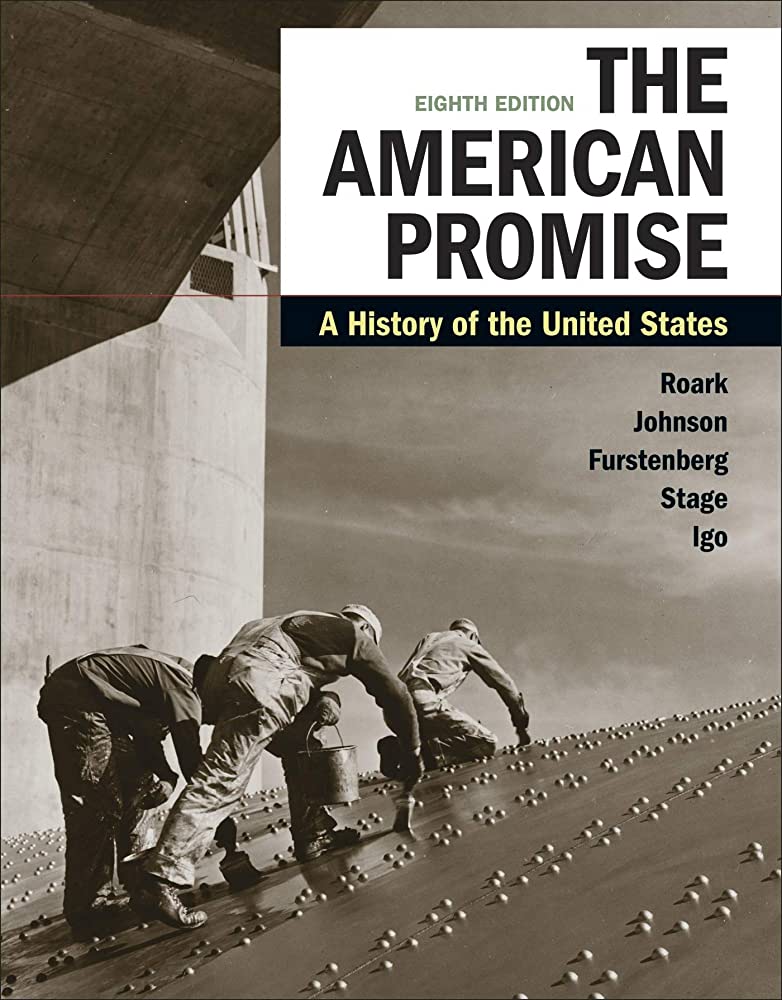While reading George Takei’s graphic novel, “They Called Us Enemy”, a specific scene intrigued me and led me to research further. On page 173 of the graphic novel, George Takei describes instances during his education where he searched within his textbooks for any information on the internment of Japanese Americans and found none.
The country had little to no admittance of the inhumane crimes committed against these people in their textbooks. As I dug deeper I noticed that authors who wrote about executive order 9066 followed similar patterns of dissuading their audiences from thinking the camps were as atrocious as they were and omitting the parts containing uncomfortable truths.
In Nicole Vandermeers, a graduate student from Emory University, thesis, “The Erasing Power of American Exceptionalism: Exclusion and Silence in the ‘Official’ American High School Textbook History of the Japanese American Internment”, she cites multiple instances of authors depicting internment camps as “not that bad”.
“In The American Promise, Roark et al. mentions that the camps had barbed wire and armed guards, but otherwise only describe the climate around one camp and that the food served, while “not the gourmet stuff,” was apparently pretty good”(Nicole Vandermeer).

This was the official information that was being written and published for people to read. Its inaccuracy made America look guilt-free because it made it seem like the people were comfortable and happy.
“Nash includes one sentence that mentions the furnishings of the barracks, but then a lengthy paragraph is spent making the camps sound like they were a lot of fun by listing all of the social activities Japanese Americans participated in while interned” (Nicole Vandermeer).
To describe the unjust imprisonment of Japanese Americans as fun and a place to do social activities is outrageous.
The information distributed during and after these events was inaccurate, led people to believe it wasn’t as bad as it was, and even went as far as to portray the camps as fun.